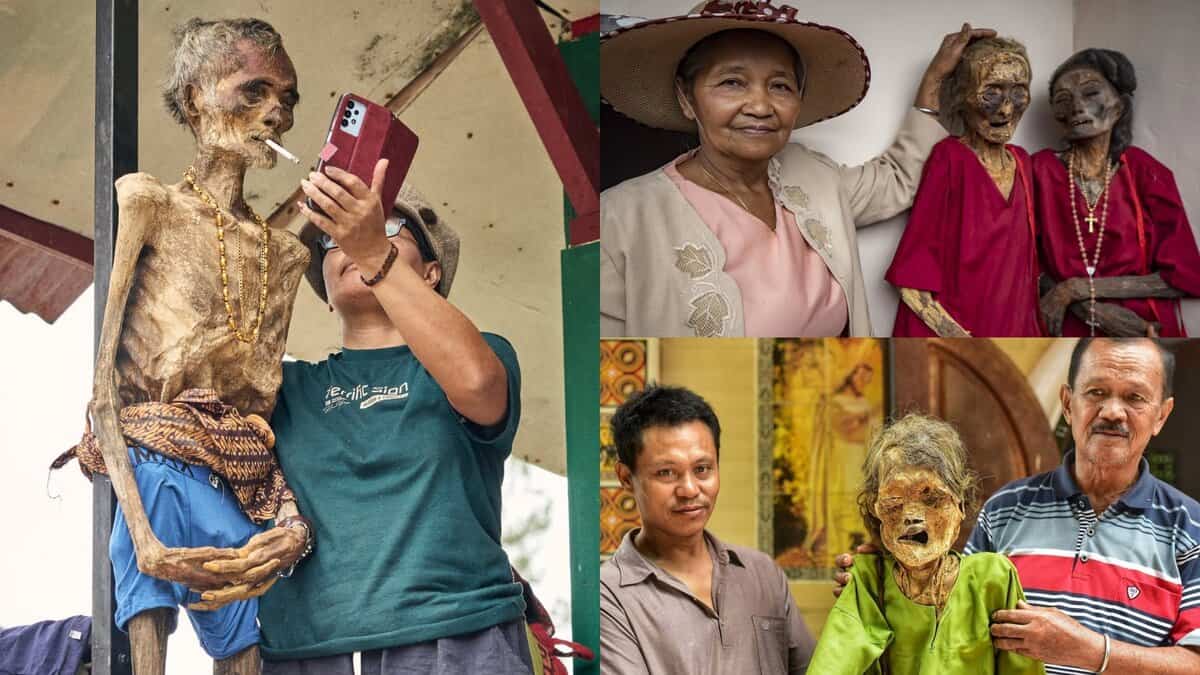
Do you know there’s a place where the dead don’t really “die”? In the misty highlands of Tana Toraja in South Sulawesi, Indonesia, people live with their deceased loved ones literally. What sounds unbelievable to most of us is an everyday part of life here. The Torajan people believe death is not the end, but just another stage of existence.
The “Living Dead”
When someone dies in Toraja, the body isn’t taken for burial right away. Instead, it’s kept inside the family home sometimes for months or even years. The locals say the person is just “sick” or “resting.” Family members talk to them, serve food and coffee daily, and treat them like they’re still alive. It’s their way of showing love and respect until the grand farewell can be arranged.
To prevent decay, families preserve the bodies using natural herbs or modern embalming fluids. In the past, special leaves and local ingredients were used to slow decomposition. Today, formaldehyde helps keep the body intact, allowing it to stay at home without odor or decay.
A Funeral Like No Other
When the final farewell happens, it’s far from a quiet goodbye. The Rambu Solo ceremony and the Torajan funeral is one of the most elaborate in the world. Think of it as a festival for the dead, where hundreds of guests arrive, traditional music fills the air, and animal sacrifices are made to help the soul reach the afterlife.
Buffaloes, especially the rare albino kind, are believed to carry the spirit to heaven. The more animals a family sacrifices, the greater the honor for the deceased. Families save money for years to host this grand send-off, a sign of deep love and duty.
The Walking Dead: Ma’nene Ritual
If that sounds astonishing, the Ma’nene ritual takes it a step further. Every few years, families exhume the preserved bodies of their ancestors, clean and dress them in new clothes, and even walk them around the village. Yes, the dead are brought out of their tombs and reunited with the living, a moving, surreal celebration of memory and respect.
Cliff Graves and Wooden Guardians
After the ceremonies, the dead are placed inside cliff-side tombs carved high into rocks. Some families hang coffins or place life-sized wooden effigies called “tau-tau” outside. These figures, eerily lifelike, watch over the valleys below reminders that ancestors are never forgotten.
In Tana Toraja, death isn’t an ending, it’s a bridge between generations, proving that for the Torajans, love truly never dies.



